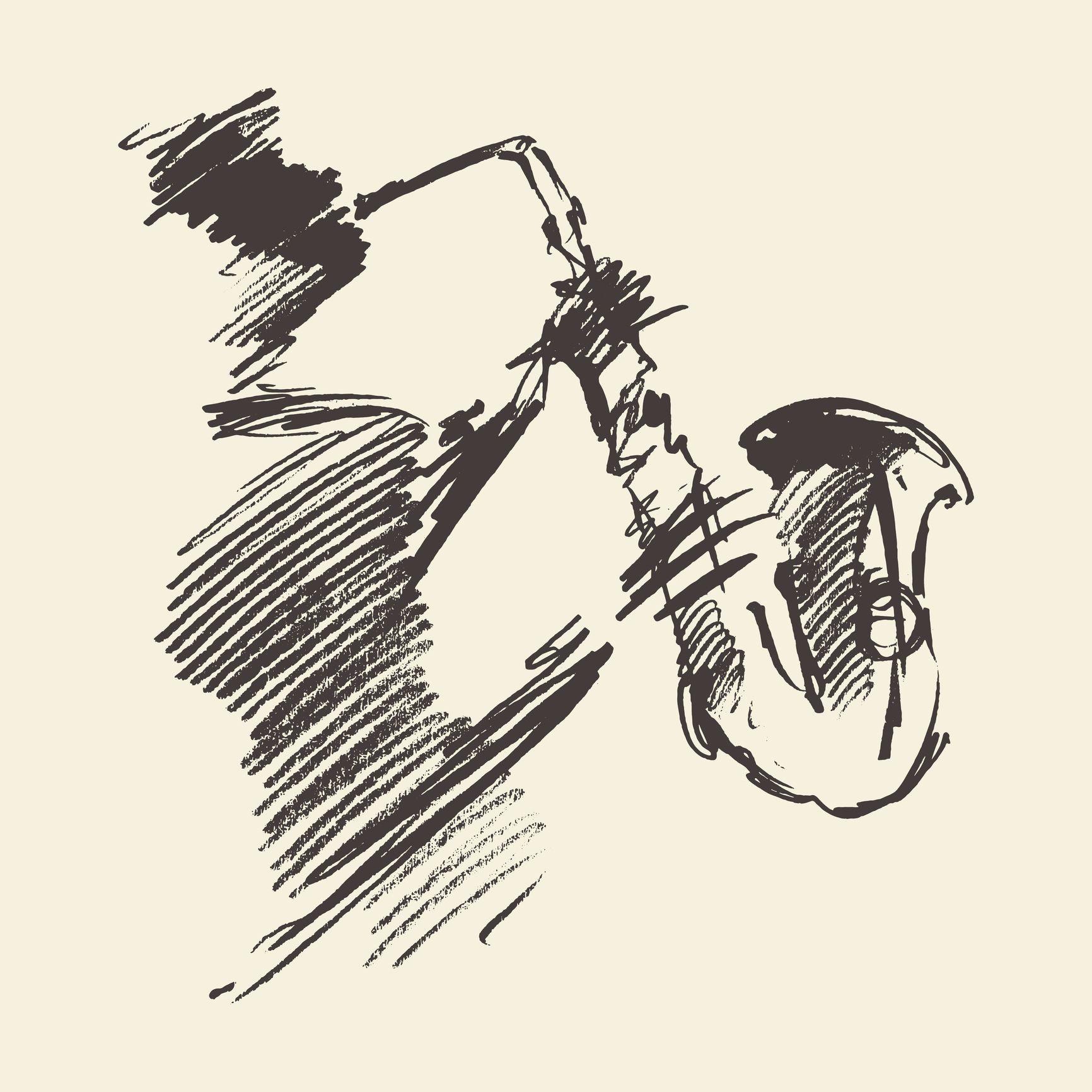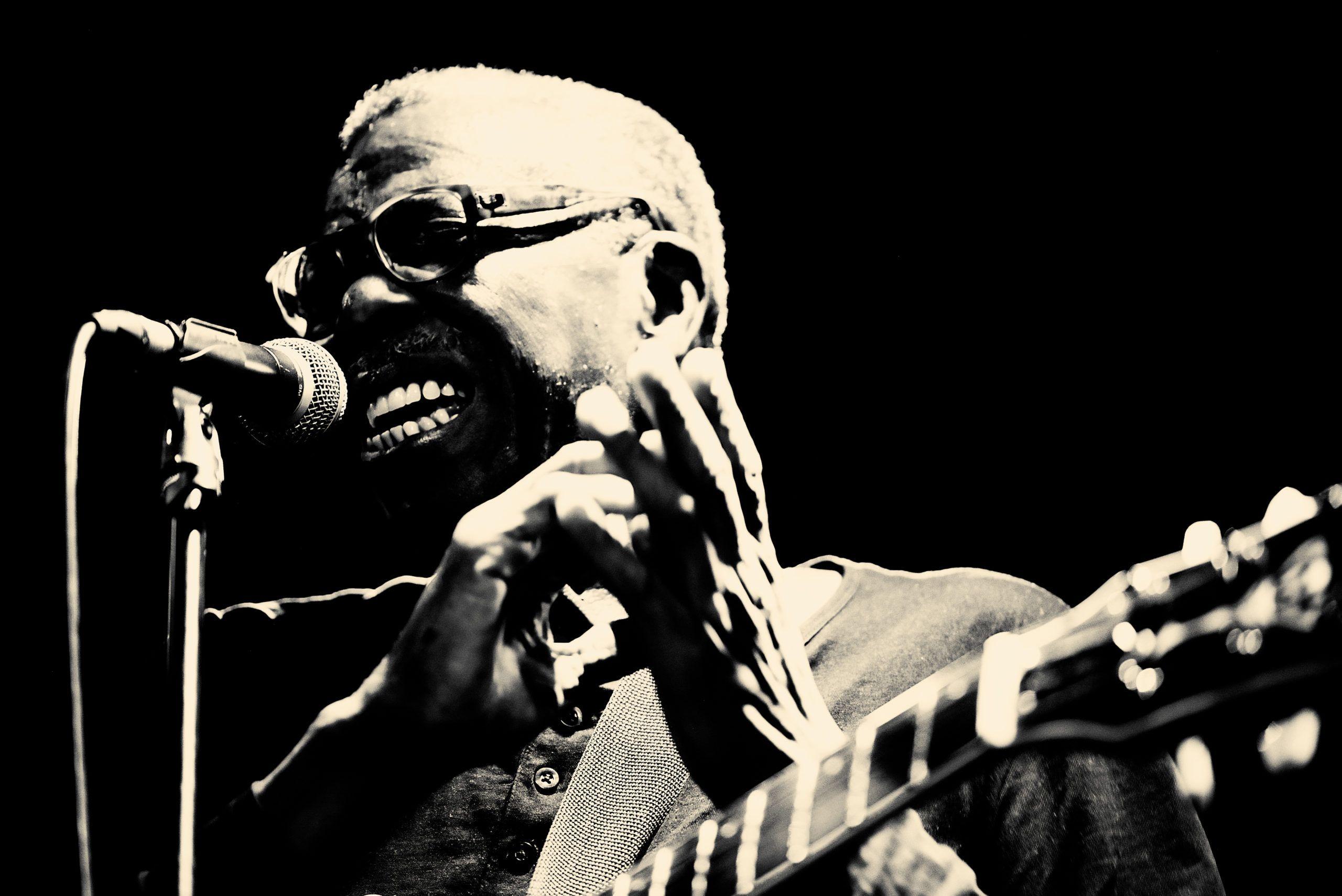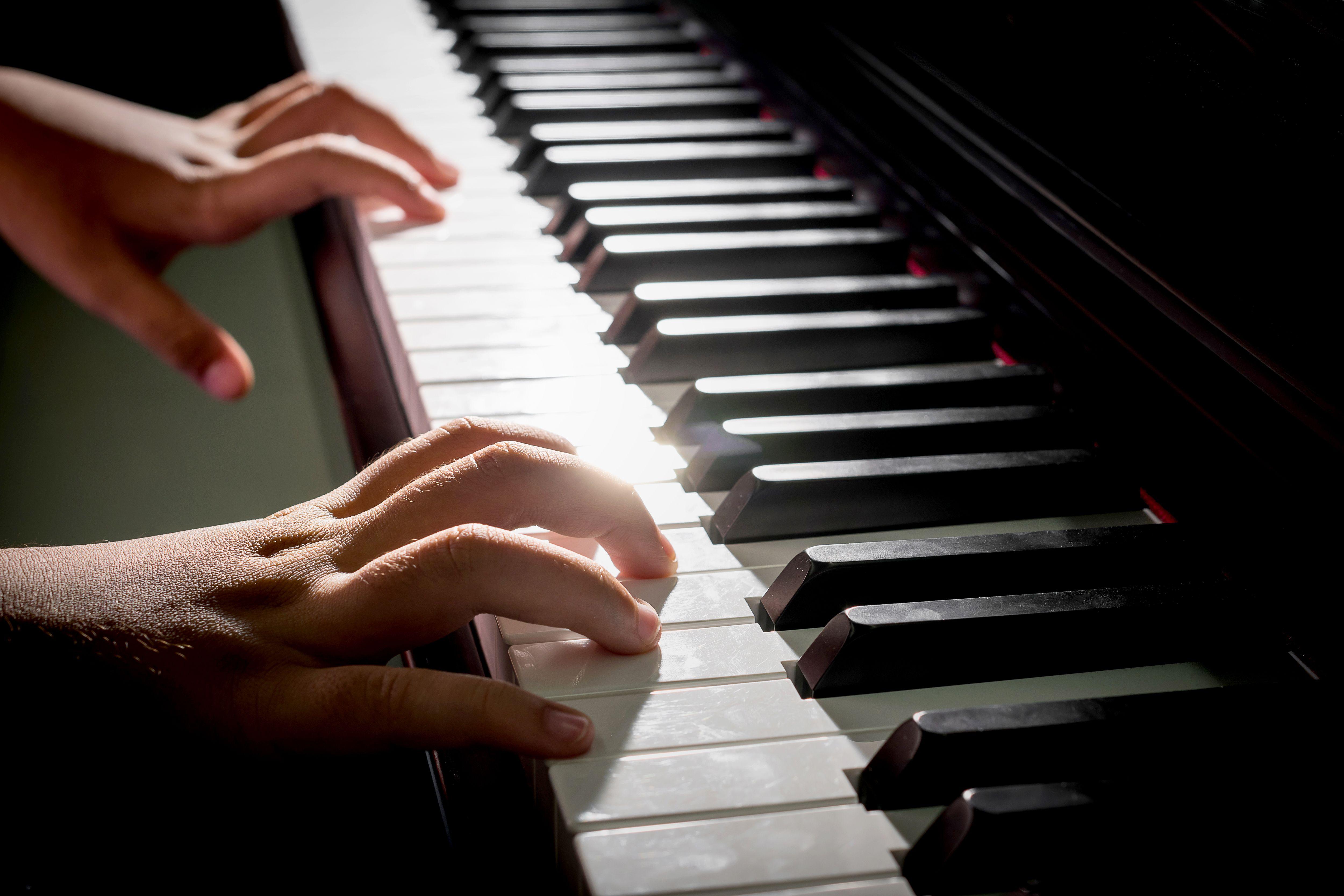Learning objective
- To improvise a call and response.
Success criteria
- I can identify what call and response is.
- I
This content is for subscribers only. Join for access today.
National curriculum
Music
Pupils should be taught to:
- Improvise
This content is for subscribers only. Join for access today.
Cross-curricular links
- None.
This content is for subscribers only. Join for access today.
Before the lesson
This content is for subscribers only. Join for access today.
Lesson plan
Recap and recall
Display the Presentation: Speak like an expert.
This content is for subscribers only. Join for access today.
Extended-mode explainer videos
How to extend your display to view the lesson page and preseantion mode simultaneously. Choose your operating system below to watch the video
If you need further support with extending your display,
please contact [email protected].
Extended-mode explainer video: For Mac
Extended-mode explainer video: For Windows
Adaptive teaching
Pupils needing extra support
Should play the response part and keep it simple; should focus on playing the first two lines of ‘When the saints go marching in’.
Pupils working at greater depth
Could work alone and then play the response as well as the tune; should play the response in a different octave to their original tune.
This content is for subscribers only. Join for access today.
Assessing progress and understanding
Pupils with secure understanding indicated by: playing a call and then improvising
This content is for subscribers only. Join for access today.
Vocabulary definitions
-
call and response
A musical pattern where one person or group plays or sings a phrase (the call), and another person or group answers with a different phrase (the response).
-
traditional jazz
An early style of jazz music that started in New Orleans in the early 20th century.
This content is for subscribers only. Join for access today.
In this unit
Assessment - Music Y3: Jazz
Lesson 1: Ragtime
Lesson 2: Traditional jazz
Lesson 3: Scat singing
Lesson 4: Jazz motifs
Lesson 5: Swung rhythms





